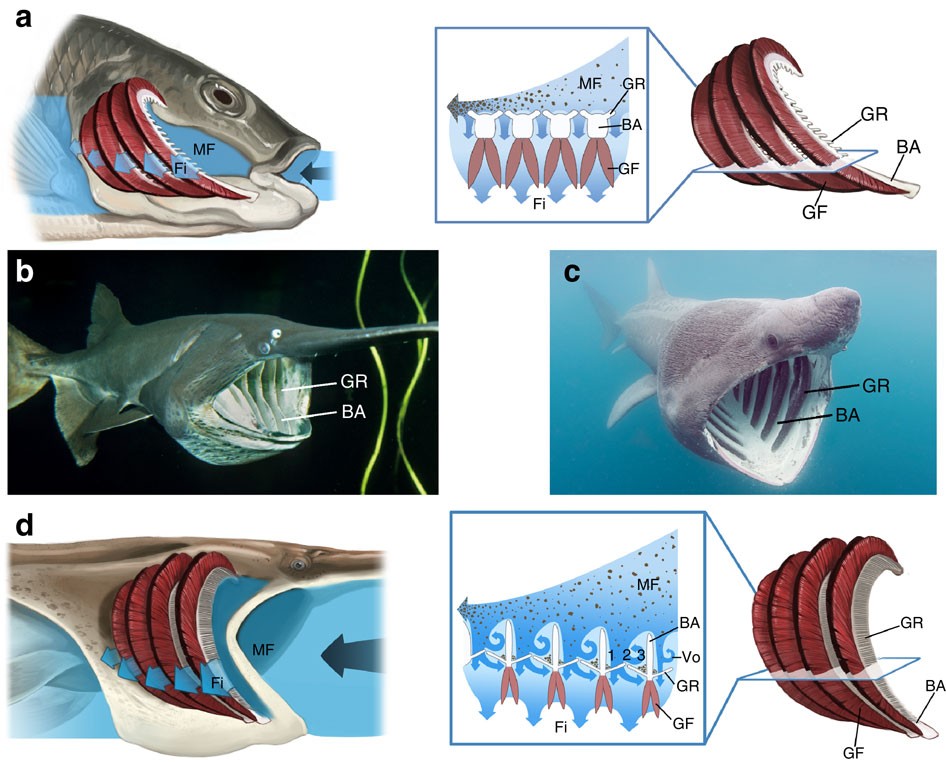
2007), a situation found in many other vertebrates (Riddell and Corl 1977 Barton et al. A relatively enlarged forebrain has also been associated with complex environments in sharks (Yopak et al. Other chondrichthyans, occupying over 58% of the total brain mass (Yopak et al. The relative size of the forebrain, or telencephalon, of the smooth hammerhead (and indeed other members of Sphyrna) is noticeably large in comparison to Sphyrnids, as well as species of the genus Carcharhinus, often live in coastal and reef-associated habitats and are considered to be social animals (Springer 1967 Myrberg and Gruber 1974 Klimley 1985), which both aggregate and form true schools. 1977 Northcutt 1978, 1989) as well as the complex social behaviors (i.e., schooling, dominance hierarchies, courtship behavior) often prevalent in species that live in complex habitats (Kotrschal et al. 2007), a trait previously correlated with habitat complexity (Bauchot et al. They have one of the largest brains of all sharks (Yopak et al. In addition to the distinguishable head shape of these species, features of their brain organization stand out amongst other chondrichthyans as well. T=Telencephalon, D=Diencephalon, M=Mesencephalon, C=Cerebellum, Md=Medulla Lateral view of the brain of a juvenile smooth hammerhead (Photo by Kara Yopak) Neuroanatomy of a Smooth Hammerhead Shark Brain OrganizationģD Segmentation of the brain, major sensory systems, and internal organs of the smooth hammerhead (Segmentation by Kristen Gledhill). Though advances have been made towards elucidating the adaptive significance of this unique characteristic, the function of the cephalofoil cannot yet be fully explained.

Further hypotheses have been proposed, though still remain untested, suggesting the laterally-expanded cephalofoil may enhance anterior binocular vision (Compagno 1984), provide for an increase in the sampling area for the lateral line canals (Compagno 1984), and may aid in prey handling capabilities (Strong et al. 2007) and enhanced maneuvering capabilities (Springer 1967 Kajiura et al.

2005), maximization of the electroreceptive search area (Compagno 1984 Kajiura 2001 Kajiura and Holland 2002), provision of hydrodynamic lift (Aleev 1969 Nakaya 1995 Bertram et al. The majority of tested hypotheses suggest a sensory and/or prey capture advantage, ranging from enhanced stereo-olfaction and olfactory acuity (Hasler 1957 Kajiura et al. The evolutionary success of this distinguishable diagnostic feature implies a morphological or functional advantage, and several hypotheses have been posed to describe not only why the cephalofoil came to be, but why it has persisted and diversified for over 20 million years. zygaena, however, indicated the primary components of their diet to be cephalopods (68.9%) and teleost (bony) fishes (29.8%), with smaller amounts of other chondrichthyans and crustaceans recorded (Cortés 1999).ĭorsal view of the head of the smooth hammerhead (Photo by Kara Yopak) Lateral view of the head of the smooth hammerhead (Photo by Kara Yopak)The unique hammer-shaped cephalofoil (head) of the sphyrnids has raised several questions as to its function, and is still not fully understood. A recent study on gut contents in over 200 stomachs of S. These species are fairly versatile feeders, though it has been noted smaller sharks, skates, and rays are their preferred diet items (Compagno 1984). They are often coastally associated but can occur well offshore to depths of up to 200m, migrating northwards in large aggregations in the summer months (Compagno 1998). The smooth hammerhead is circumglobally distributed in amphitemperate and tropical waters, occurring in the Eastern Pacific (California to Chile), the Indo-Pacific (South Africa to Sri Lanka southern Siberia to Vietnam), Western Atlantic (Canada to the Virgin Islands Brazil to Argentina) and Eastern Atlantic (British Isles to Côte d'Ivoire, including the Mediterranean), as well as southern Australia, New Zealand, and Hawaii (Compagno 1984, 1998). These species reach sexual maturity between 210-240cm in length (Compagno 1984), but can grow to greater lengths, with the largest reported specimen at 500cm (♂) (Muus and Nielsen 1999). zygaena produces approximately 29-37 pups per litter (Compagno 1984 Muus and Nielsen 1999), which are between 50-61cm long at birth.


World map courtesy of USGSThe smooth hammerhead shark, like other members of Sphyrnidae, reproduces via placental viviparity (Compagno 1984 Dulvy and Reynolds 1997), wherein embryos receive nutrients directly from the mother through a placental blood vessel link (Dulvy and Reynolds 1997).


 0 kommentar(er)
0 kommentar(er)
